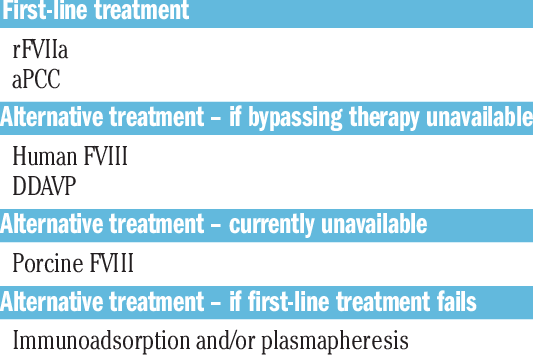
There are a number of different factors involved in the formation of clotted blood in the veins of a person affected with hemophilia
A person affected by hemophilia may have a reduced supply of, or even missing, one of these factors required in order for blood to clot after it has been injured.
Factor VIII is the most common factor. It is responsible for the formation of the clot, which will protect the clotting blood from breaking down and becoming a clot again.
Factor IX is also a factor. It does the same thing as factor VIII does, except it's not as common. It has only been found recently to have a role in clotting blood, but the exact role it plays remains unknown.
The two X Factors (Factor X) are also factors. They play a role in the formation of the clot, but it is not yet known exactly how they are supposed to work. Both are more common than factor XI.
However, the most important factor in blood clotting in people with hemophilia is factor IX. If a person with hemophilia does not have this factor, a clot will form.
There is much debate about the role of other factors in blood clotting. Researchers are not entirely sure what they do and how they should affect blood clotting. All they know is that they all play a role in this process and that there are certain combinations of factors that can increase a person's risk of blood clotting, and some can reduce it.
There are several different treatments for this condition in a person with hemophilia. One of the most common is hemostatic therapy.
This procedure involves removing a clot from the veins of a person with hemophilia and then replacing them with blood taken from another part of their body. This helps to speed up the clotting process and prevent it from breaking down and becoming a clot again.

Hemostat therapy works best on people who have symptoms such as difficulty breathing
This is because a clot that forms in the lungs can lead to a potentially deadly embolism. Embolisms happen when the clot blocks a person's airway and causes a heart attack or stroke. Hemostat therapy can be used to stop this clot from forming.
Surgery is also an option for people with hemophilia. A doctor will place a special clotting agent in a vein where the clot is forming so that it can break down before it can form into a clot again.
Surgery usually doesn't cure hemophilia. It just stops it from getting worse, but sometimes, it will stop the clot from ever forming in the first place.
A number of hemophilia treatments have been developed. These include drugs, surgery, and injections that help clot the blood. If a clot isn't forming, medications can be given to slow its growth and stop it from building up.
Treatments are also being developed that can stop blood from clotting altogether. These include drugs called anti-coagulants that prevent the clot from forming in the first place.
There is no doubt that a hemophilia treatment is needed for those diagnosed with hemophilia. This means that the need for a hemophilia treatment could not be greater than it is today.
As the number of people with hemophilia increases, the amount of research and development is going into hemophilia treatments. The more treatments doctors have to choose from, the better they will be at treating and preventing this medical condition.
With any hemophilia treatment, there is always the chance that you might develop a complication. When this happens, it may require additional treatments to correct the situation.
The most important thing to remember is that there is no cure for hemophilia. If you've been diagnosed with hemophilia, there is no way to completely eliminate it. However, there are ways to speed up the development of your condition and improve the quality of your life.
